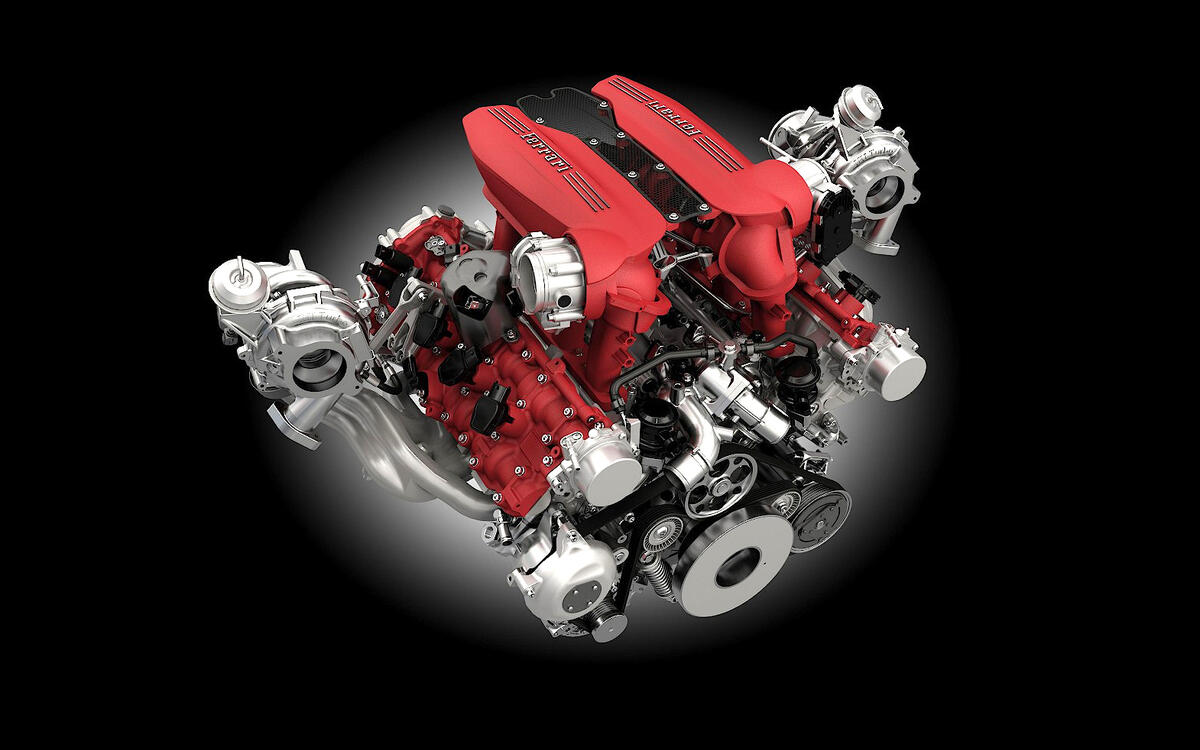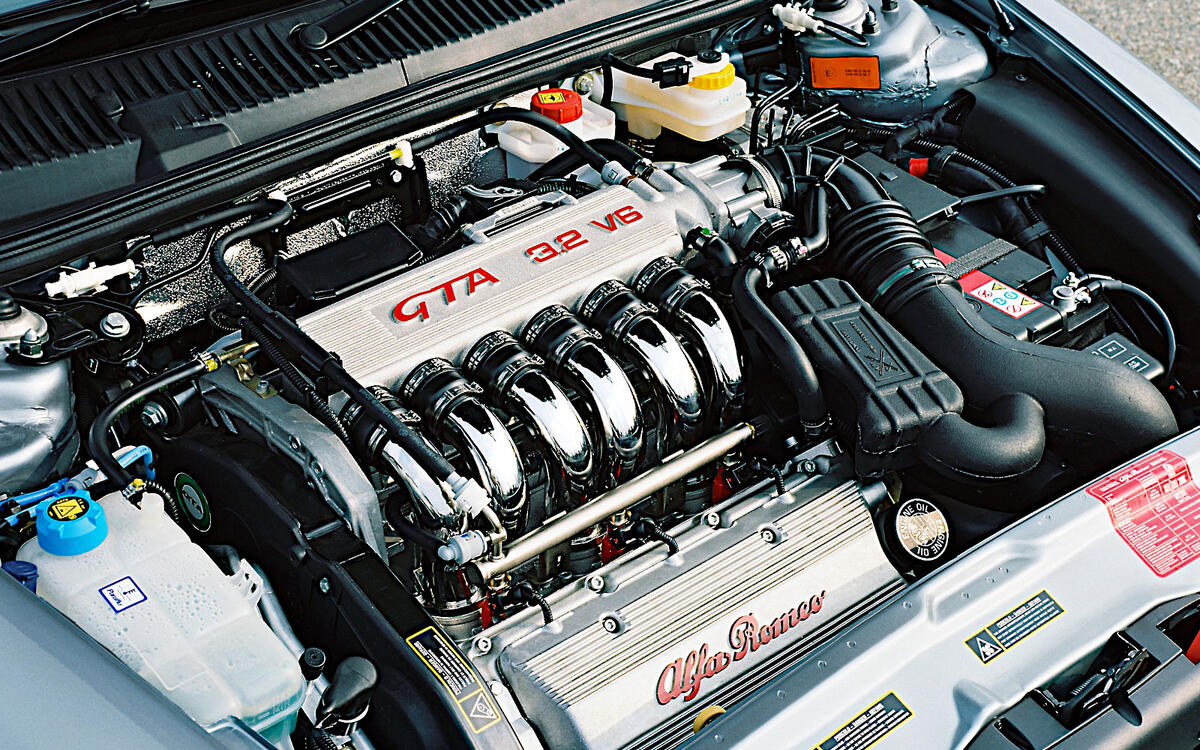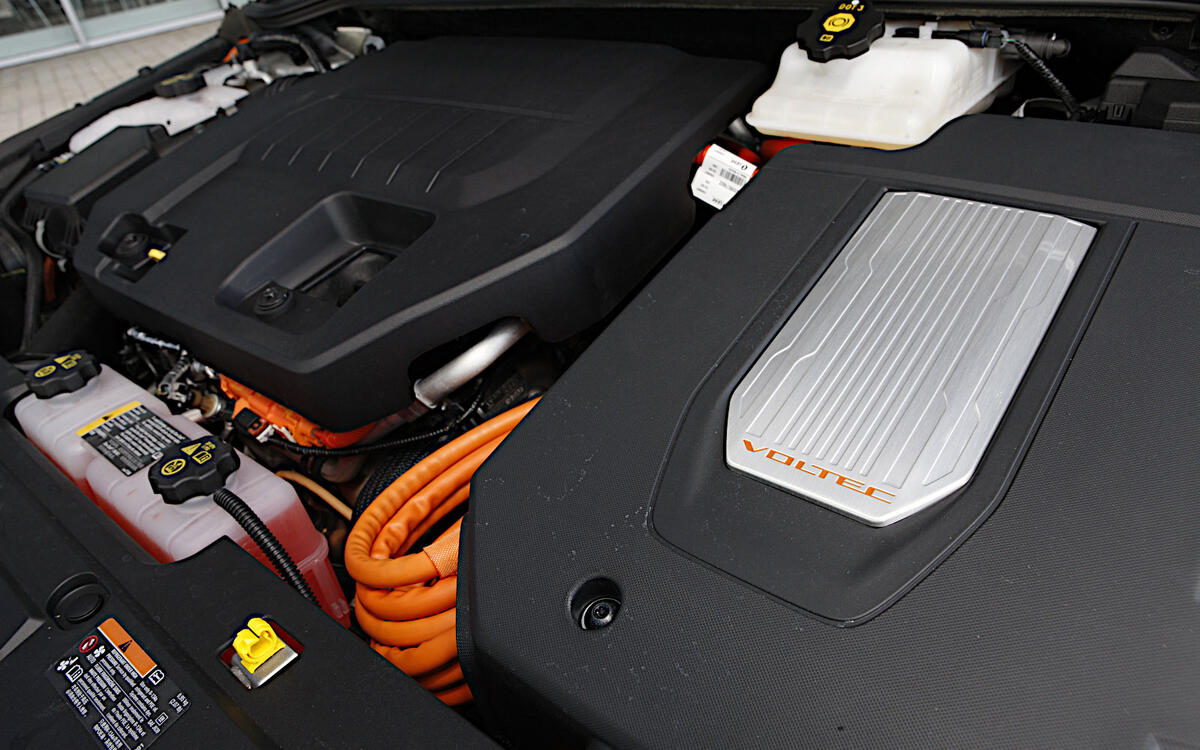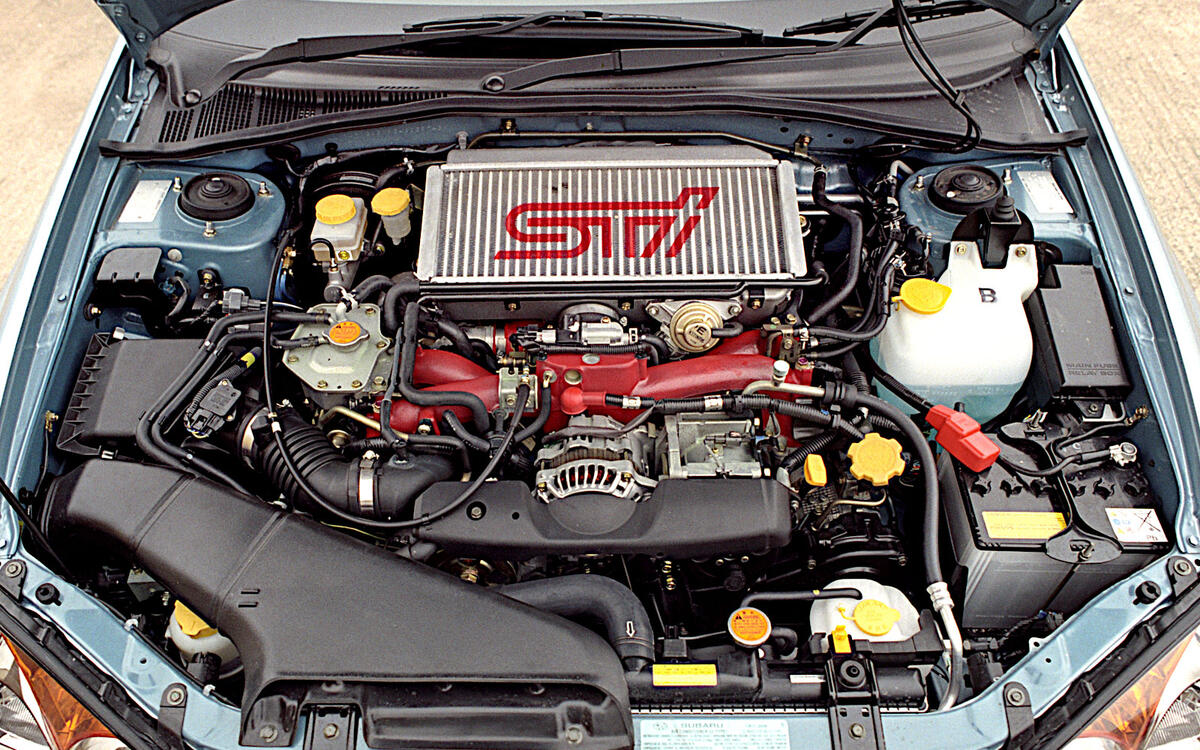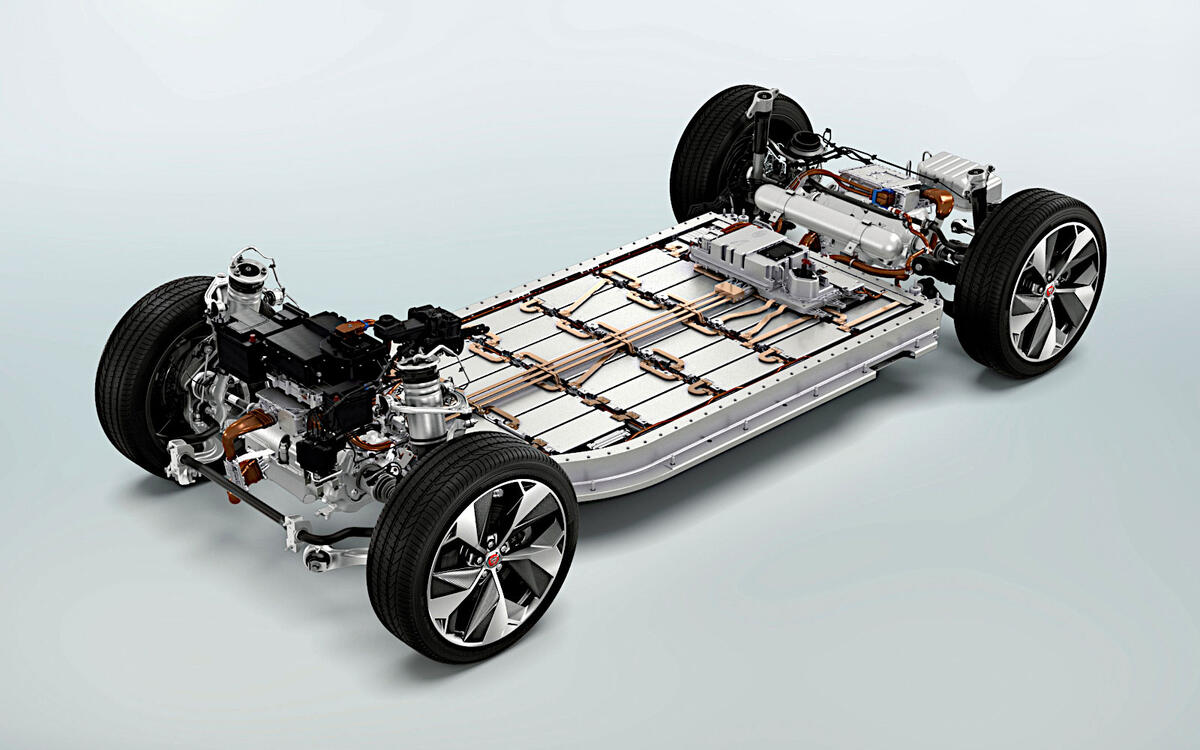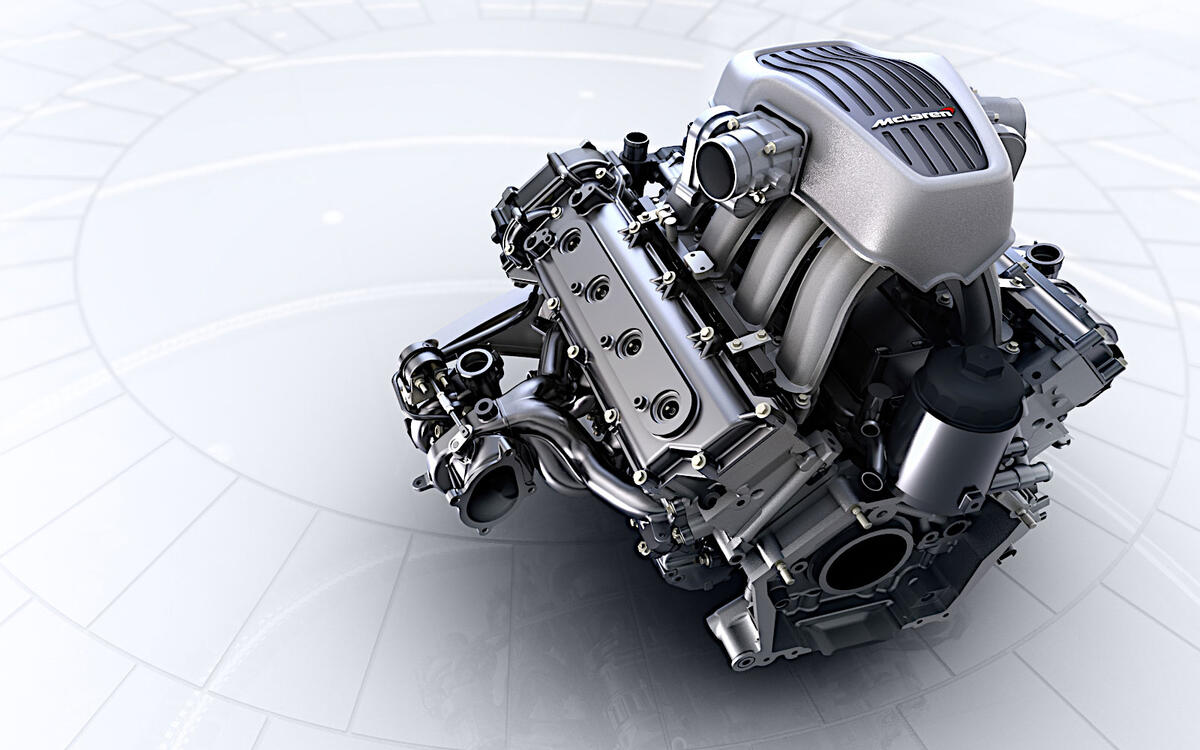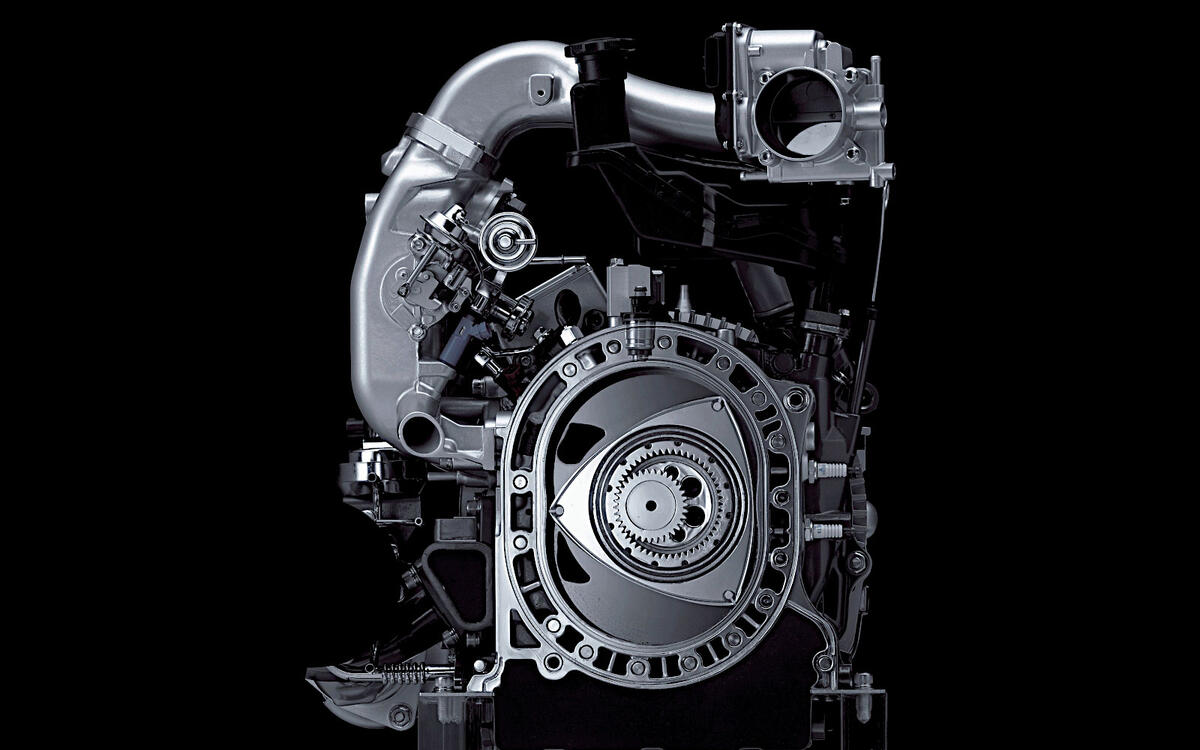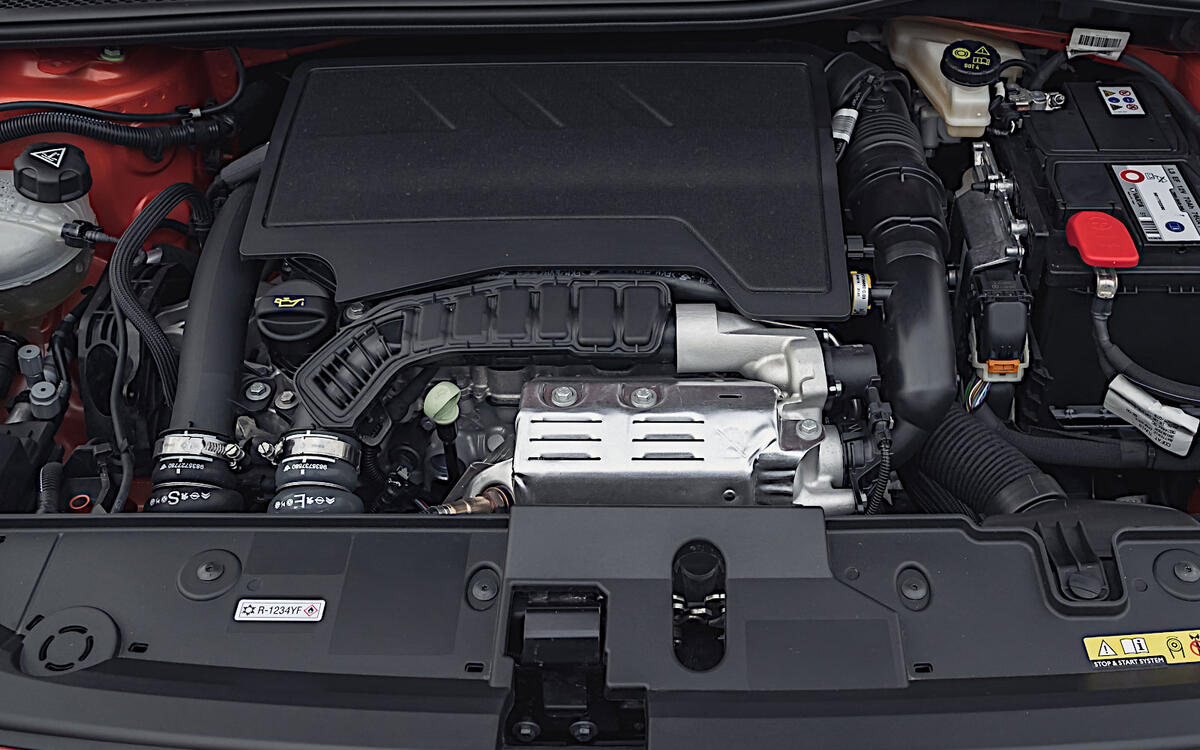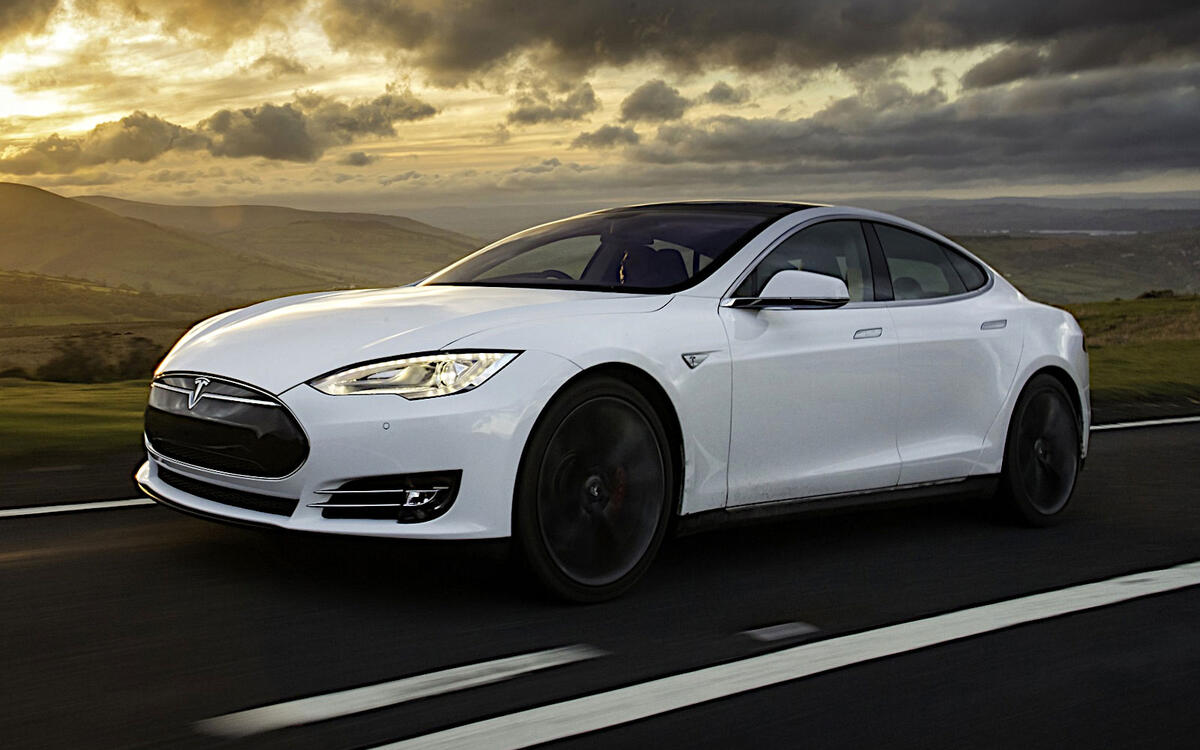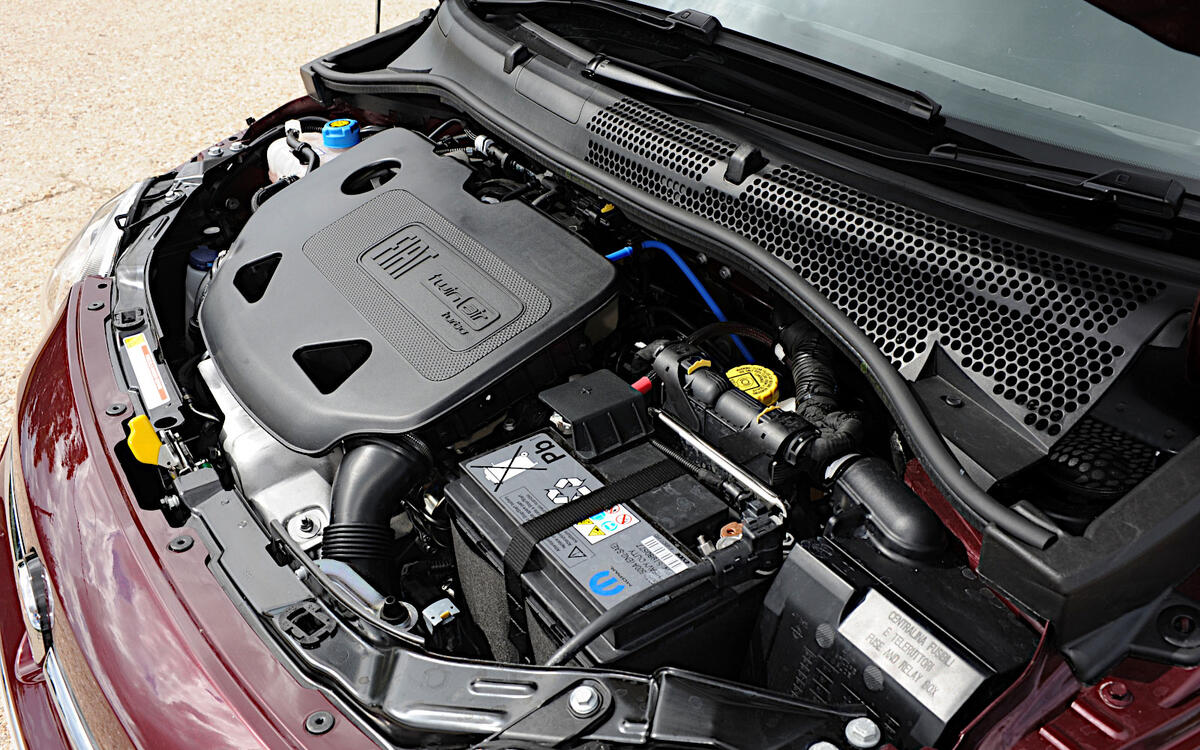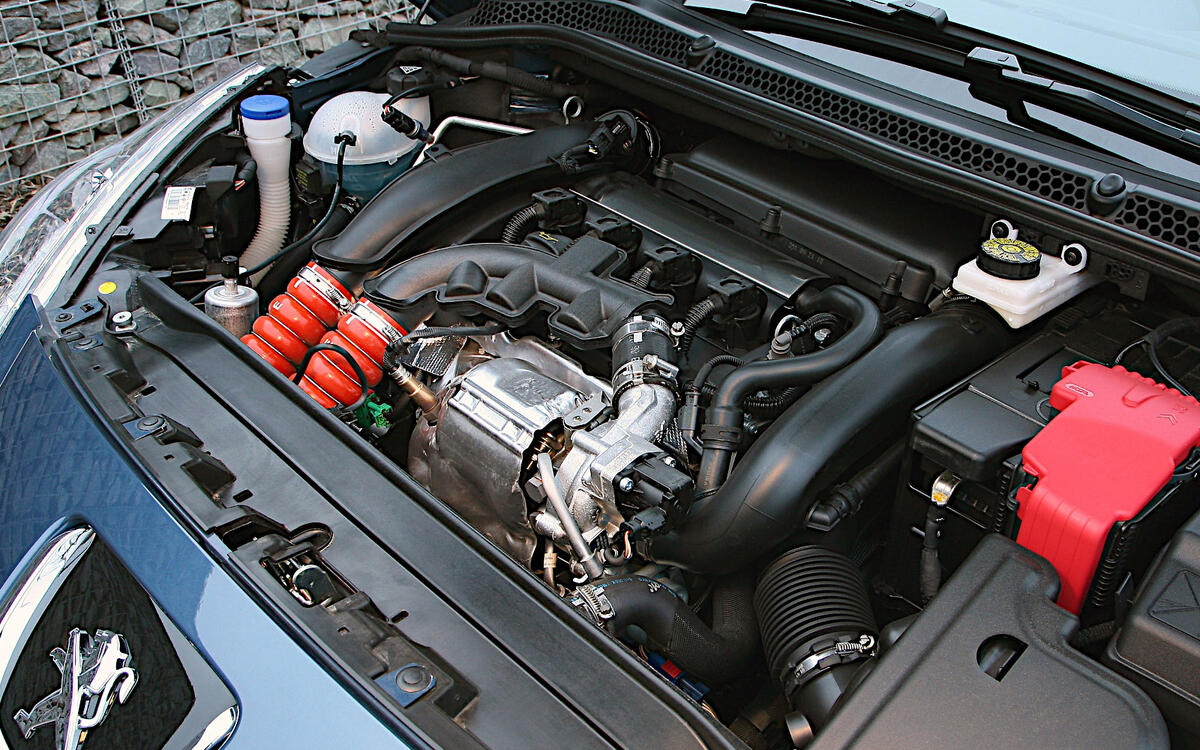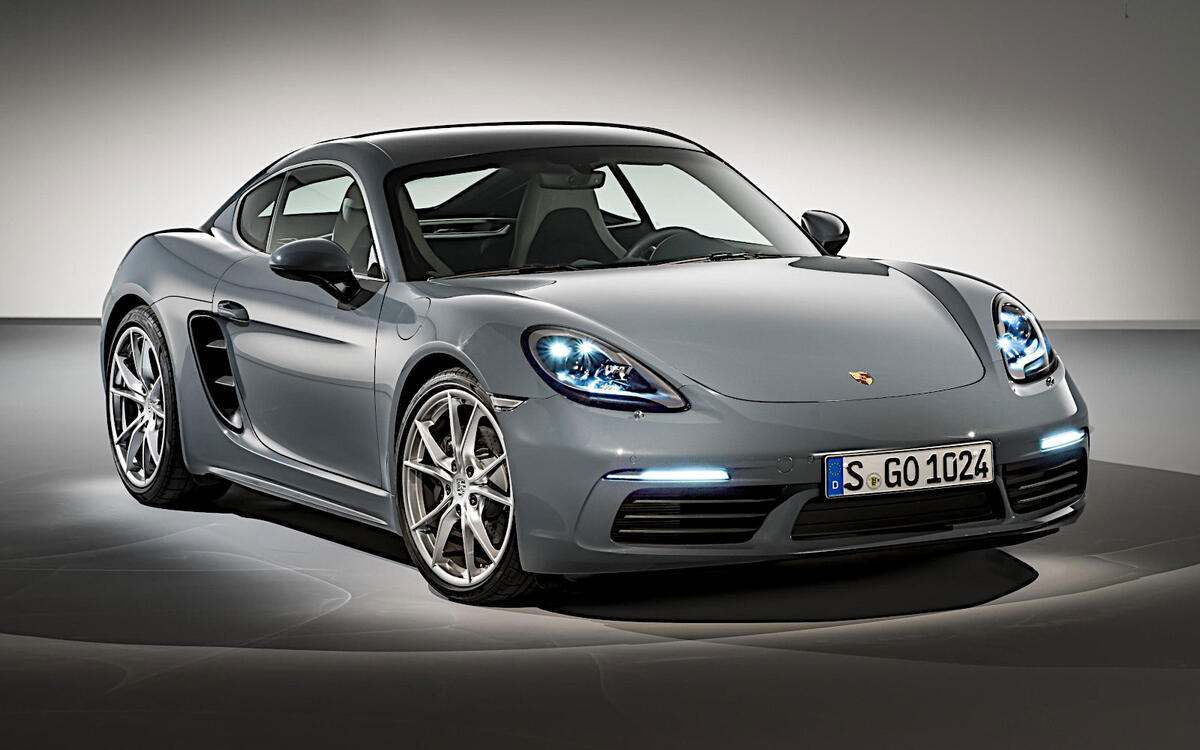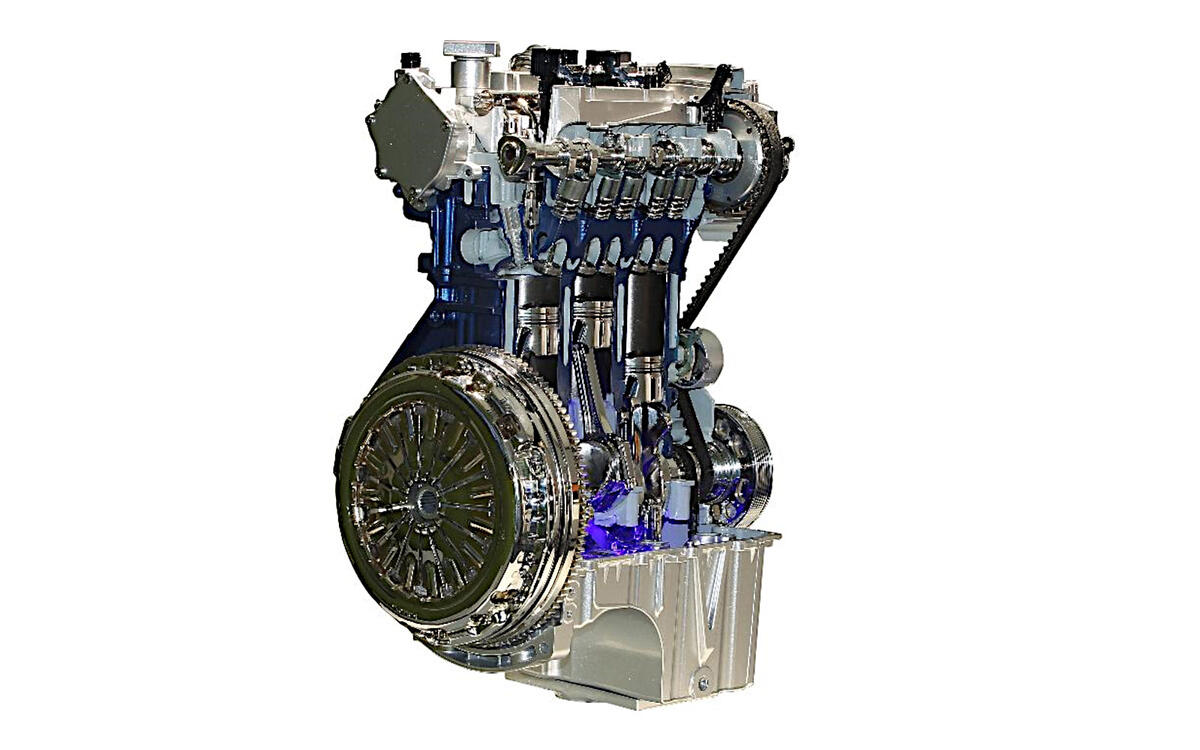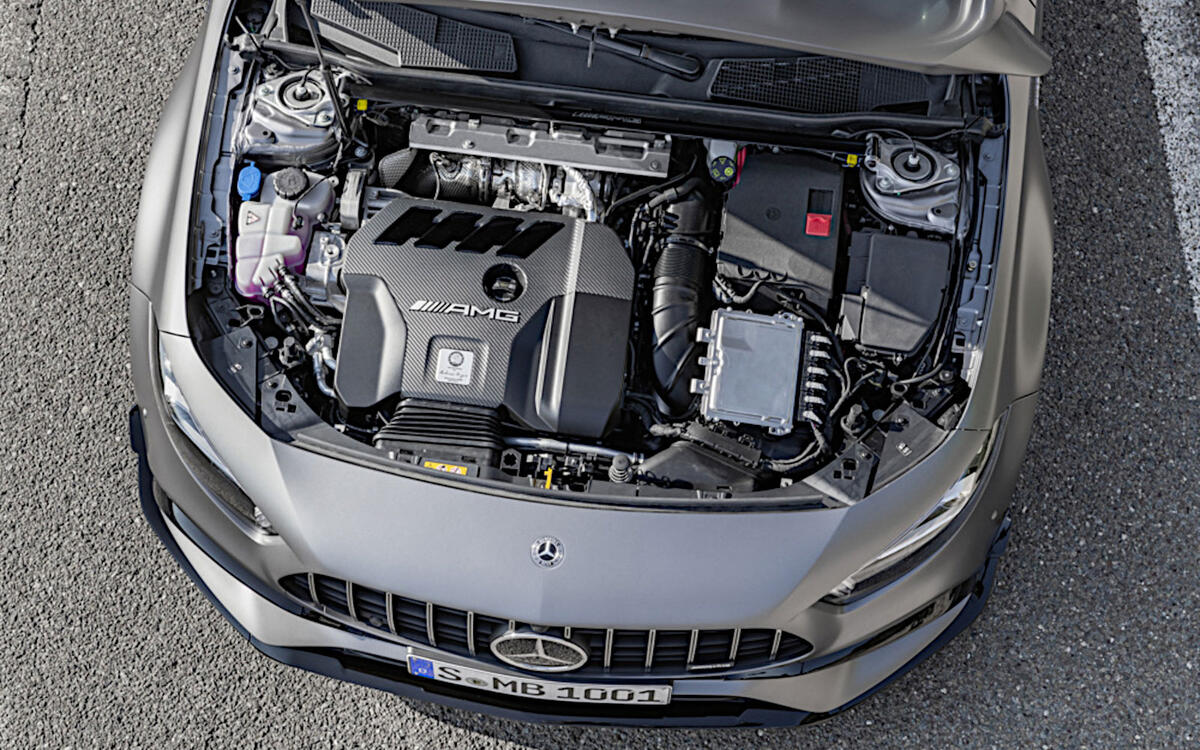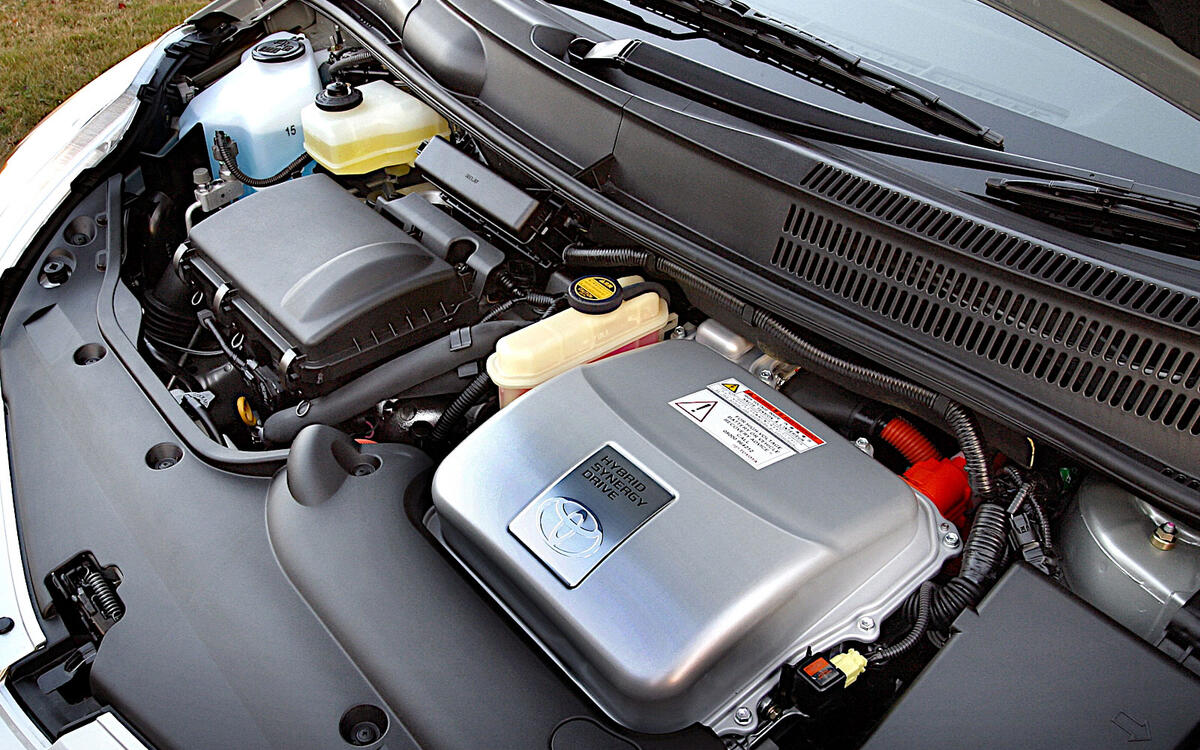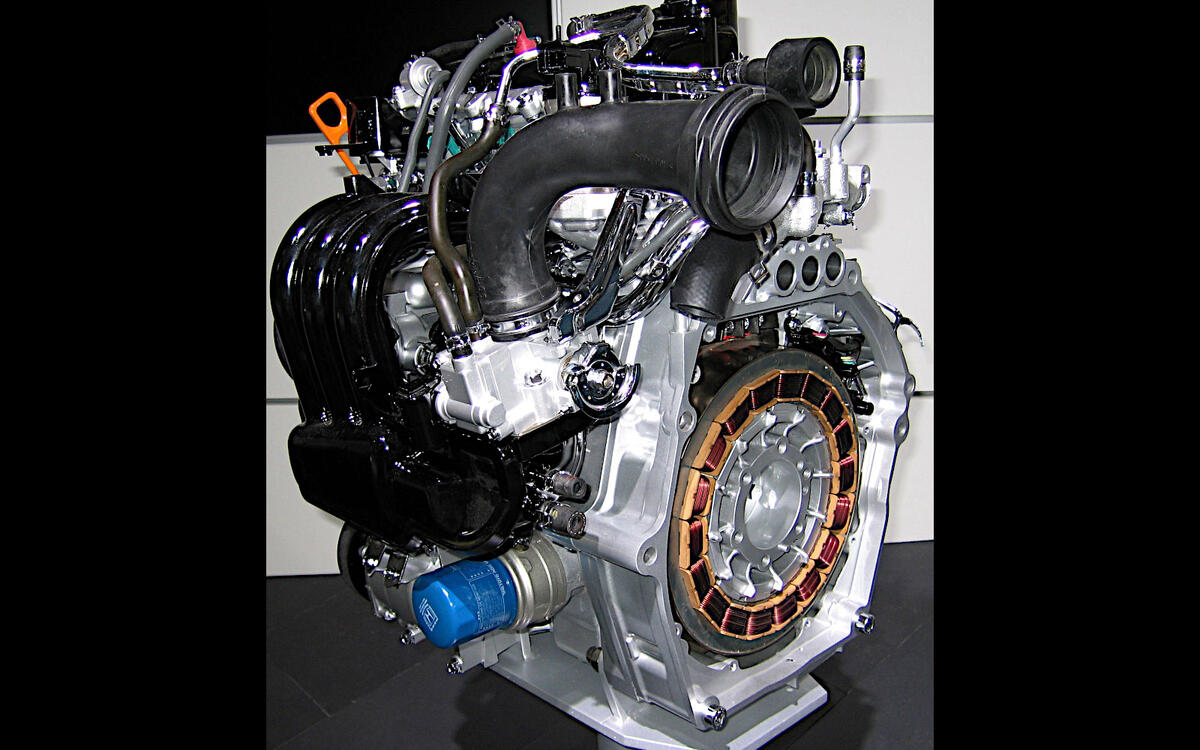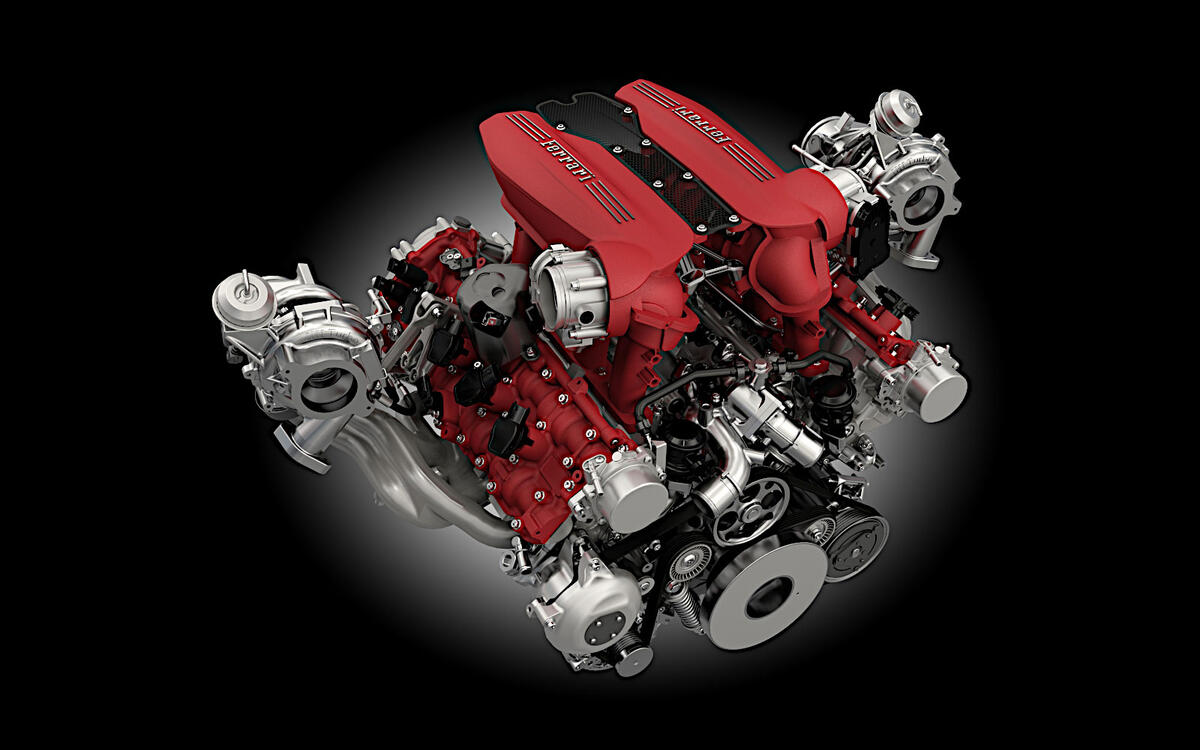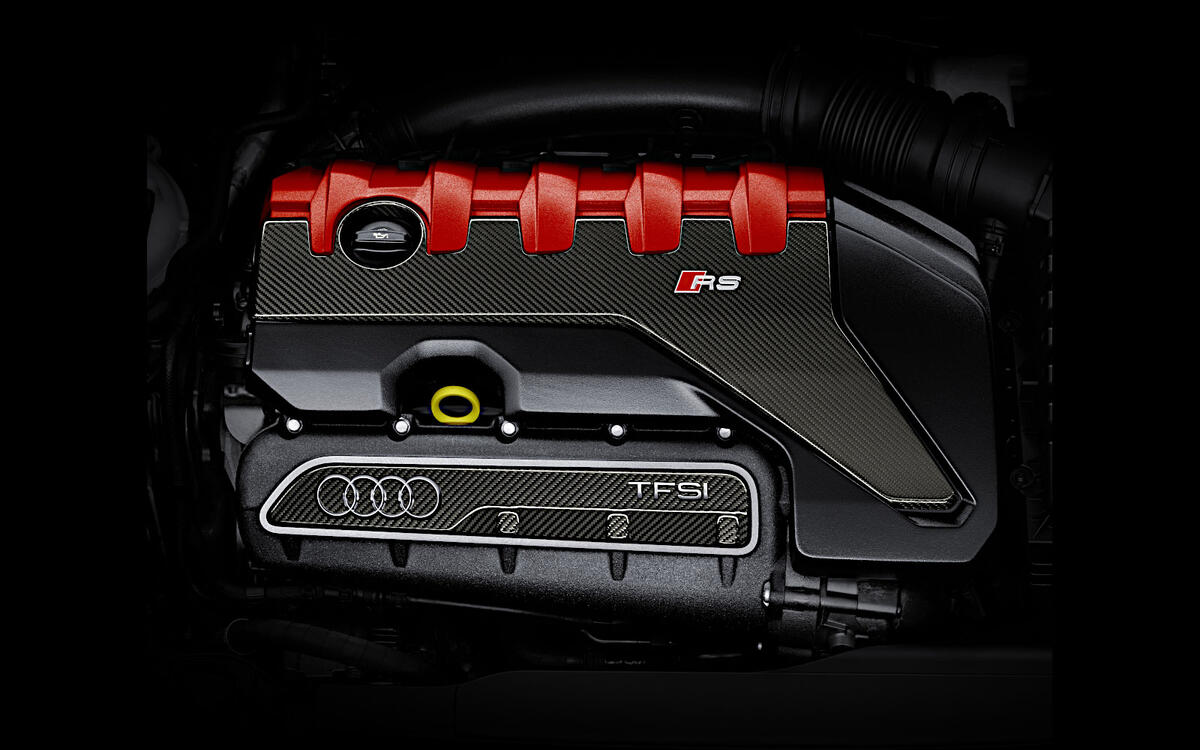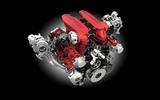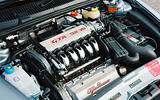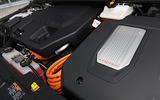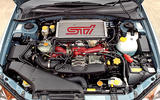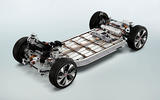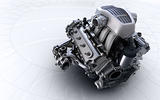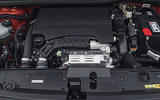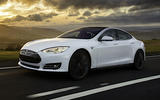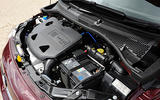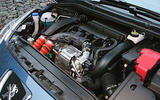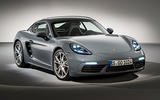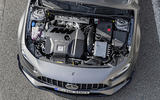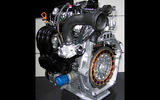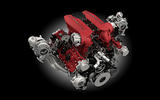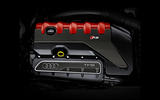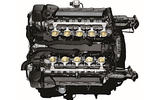 Slide of
Slide of
The International Engine of the Year Award was created in 1999 and continued until 2019, after which it was suspended due to the COVID-19 pandemic.
The judges are an international panel of automotive journalists. In that time, 247 overall and category titles were bestowed on 18 manufacturers, or in some cases combinations of them. Here we list those companies in ascending order of how many awards they received, ending with one which spectacularly gained just over a quarter of the total.
(Note that we are counting only engines used in production cars. In the early days, three concepts also won awards, but these will be mentioned only in passing, if at all.)
 Slide of
Slide of
Alfa Romeo (1 award)
Several Alfa Romeos have been powered by Fiat engines mentioned elsewhere on this list, but only one originated with Alfa itself. This was a 2.5-litre 24-valve version of the V6 developed by Giuseppe Busso (1913-2006) several years before Alfa Romeo was acquired by Fiat.
In this form, as fitted to the 155 and 156, it was the 2.0- to 2.5-litre category award winner. The engine was later extended to 3.2 litres.
PICTURE: 3.2-litre version of Busso V6
 Slide of
Slide of
General Motors (1 award)
GM’s only winning engine was the 1.4-litre Ecotec used as a range extender in the electric car known in Europe as the Vauxhall/Opel Ampera and in the US as the Chevrolet Volt.
The General also won two awards for concepts – the hydrogen fuel cell AUTOnomy in 2001 and the Saab Variable Compression engine the following year – but we’re not counting those.
 Slide of
Slide of
Subaru (2 awards)
In 2006, Subaru won the 2.0- to 2.5-litre category with its turbocharged EJ255 engine (from the long-lived flat-four EJ family), which was fitted to the brand’s Impreza, Legacy, Outback, Forester and Baja pickup ranges.
Two years later, a new variant called the EJ257 achieved the same feat. Producing over 300bhp in most applications, it was used in Subaru’s highest-performance models.
 Slide of
Slide of
Jaguar Land Rover (3 awards)
JLR did not attract the attention of the judges for 20 years until it suddenly achieved a hat-trick in 2019. The all-electric system used to power the i-Pace crossover SUV was so well-regarded that it won Best New Engine and the just-introduced Best 350 to 450PS (345bhp to 444bhp) and Best Electric Powertrain categories all at the same time.
 Slide of
Slide of
McLaren (3 awards)
McLaren’s presence on this list relies solely on its 3.8-litre twin-turbo V8 M838G engine, which made its debut in the MP4-12C in 2011 and has appeared in many other McLarens since then.
Co-developed by Ricardo, it was rated as the top engine in the 3.0- to 4.0-litre class in 2013, 2014 and 2015. The 4.0-litre M840T derivative first seen in the 720S has not so far been given an award.
 Slide of
Slide of
Mazda (4 awards)
The Renesis unit in the Mazda RX-8 is the only rotary engine to have figured in these awards, and indeed the only one fitted to a widely-available car in the period. In 2003 it was the overall winner, and also won the Best New Engine and 2.5- to 3.0-litre categories, repeating the latter feat the following year.
The Renesis has a measured capacity of 1308cc, but rotaries operate so differently from piston engines that their assumed capacity is raised using an equivalence formula. This formula can vary, but for the International Engine of the Year awards it was x2, so the Renesis was classified as measuring 2616cc.
 Slide of
Slide of
PSA Peugeot Citroen (6 awards)
PSA, now part of Stellantis, has actually received 14 awards due to a collaboration with BMW which we’ll deal with shortly. Operating on its own, it created a 2.5-litre turbo diesel which won the 2.0- to 2.5-litre category in 2001 and 2002.
Later, it was top of the 1.0 to 1.4-litre class every year from 2015 to 2018 with its 1.2-litre three-cylinder turbo petrol unit. This has been used to power a large number of vehicles from the Citroen, DS, Peugeot and Opel/Vauxhall ranges, from superminis like the Peugeot 208 to the very much larger Citroen C4 Grand Picasso.
 Slide of
Slide of
Tesla (6 awards)
Perhaps unsurprisingly, Tesla has been the most highest-ranked manufacturer of all-electric vehicles in the history of the awards. The system used in all its cars since the Model S was named Best Fuel Economy / Green Engine from 2014 to 2018. In the last of those years, it also won the newly-created Best Electric Powertrain category.
PICTURE: Tesla Model S
 Slide of
Slide of
Fiat (7 awards)
Five of Fiat’s seven awards have been earned by the 875cc TwinAir two-cylinder turbo petrol engine, which won the overall, Best New Engine, up to 1.0 litre and Fuel Economy / Green categories in 2011, and took the last of these again two years later in a slightly different form capable of running on compressed natural gas.
Fiat also won the 1.0- to 1.4-litre class in 2005 with its 1.3-litre MultiJet turbo diesel, and Best New Engine in 2010 with the 1.4-litre MultiAir turbo petrol, which featured the same variable inlet valve timing which would later appear in the TwinAir.
PICTURE: TwinAir engine in Fiat 500
 Slide of
Slide of
BMW / PSA Peugeot Citroen (8 awards)
BMW and PSA collaborated on the Prince four-cylinder petrol engine, which was available in various sizes and with or without turbocharging in several BMW, Citroen and Peugeot models, and in the majority of MINIs.
The 1.6-litre turbo version was named top of the 1.4- to 1.8-litre class in an eight-year run from 2007 to 2014.
PICTURE: Prince engine in Peugeot RCZ
 Slide of
Slide of
Porsche (10 awards)
Porsche has won awards with several engines ranging from the controversial 2.0-litre four-cylinder fitted to the Boxster and Cayman (pictured) to a mighty 3.6-litre twin-turbo, the only Porsche unit to be named Best Performance Engine.
Nearly a third of Porsche’s awards were achieved by a later 3.0-litre twin-turbo, which won its capacity class from 2016 to 2018.
 Slide of
Slide of
Ford (11 awards)
All of Ford’s awards were given in response to its 1.0-litre three-cylinder turbocharged EcoBoost engine, which has powered a remarkable variety of cars from the Fiesta to the Mondeo.
It was named Best New Engine in 2012, best overall from 2012 to 2014, best up to 1.0 litres from 2012 and 2017 and best in the new up to 150PS (148bhp) category in 2019. Other engines of the same type have also won awards, but never as many as this one, or over such a long period.
 Slide of
Slide of
Mercedes (12 awards)
All but one of the Mercedes engines honoured here was developed by the company’s performance subsidiary, AMG. The largest and smallest tied for being the most successful, with four wins each. In both 2009 and 2010, the 6.2-litre V8 fitted to a variety of cars with the number 63 in their titles (including the improbable R 63 MPV) was voted the top Performance Engine and best in the over 4.0-litre category.
Several years later, the astonishingly powerful 2.0-litre four-cylinder turbo (pictured) used in the A 45, among others, made its debut as Best New Engine in 2014 and won the 1.8- to 2.0-litre class in that year and the next two. The only non-AMG unit to receive an honour was the 2.1-litre BlueEfficiency turbo diesel used in the C-Class and E-Class ranges. This won the 2.0- to 2.5-litre class in 2009.
 Slide of
Slide of
Toyota (22 awards)
Toyota won the overall award in 1999 with the 1.0-litre engine used in the Yaris, and five years later became the first manufacturer to do so twice thanks to the 1.5-litre unit (pictured) which, along with an electric motor, powered the Prius hybrid. The latter has been the most successful Toyota engine on the list, winning a total of 12 awards, including in 1999 and 2000 when it was part of a slightly different hybrid system.
Other Toyota winners have mostly either measured under 1.3 litres or been used in hybrid cars. The exception is the 1.8-litre petrol unit used in Toyota’s own Corolla and Celica, as well as the Lotus Elise and Exige, which won the 1.4- to 1.8-litre category in 2002.
 Slide of
Slide of
Honda (23 awards)
Honda’s winners cover a startling range, from the 1.0-litre three-cylinder engine (pictured) in the first-generation Insight hybrid to the 3.5-litre V6 in the second-generation NSX. The V6 might seem more immediately appealing to some of us, but it won only a single award. The 1.0 took 11. It was first overall in 2000, top Economy / Green Engine from then until 2002, and was the highest-rated up to 1.0 litre unit every year from 2000 until 2006.
Other winners included Honda’s first diesel (a capacity class winner in 2005) and the 2.0-litre VTEC engine – as fitted to the S2000 sports car – which won the 1.8- to 2.0-litre category every year from 2000 to 2004.
 Slide of
Slide of
Ferrari (30 awards)
Ferrari won the over 4.0-litre category in 2000 and 2001 with the 5.5-litre V12 fitted to the 550 Maranello. It did not feature for the rest of the decade, but reappeared in a big way in 2011, securing a further 28 awards from then until 2019.
Most of its success in that period was due to the turbocharged 3.9-litre V8 (pictured) of the 488, which was the overall winner, Best New Engine and Best Performance Engine in 2016. It retained the overall and Performance titles for the next three years, and also picked up four capacity or power category awards, bringing its total to 14.
 Slide of
Slide of
Volkswagen Group (37 awards)
VW and Audi are being counted together here, since several of their engines were available across the Group. Between them, they won four awards in the inaugural year of 1999, equal with Toyota and one ahead of BMW.
The most successful engine has been the 1.4 TSI, which has been given 13 awards, including best 1.0- to 1.4-litre every year from 2006 to 2014. Of those credited specifically to Audi, the star is the 2.5-litre 20-valve turbo unit used in the TT RS, RS3 and RSQ3, a capacity class winner between 2010 and 2018.
 Slide of
Slide of
BMW (63 awards)
To win one International Engine of the Year award is quite an achievement. To win 63, as BMW has done, is almost beyond belief. Its success has been due to a very wide range of units, from the 1.5-litre three-cylinder turbo fitted to the i8 hybrid to a 5.4-litre V12 used in the 7-Series, 8-Series and Rolls-Royce Silver Seraph.
Ten of its awards were given to the 5.0-litre V10 which powered the M5 and M6. With other engines, BMW has dominated the 2.5- to 3.0-litre and 3.0- to 4.0-litre categories with 14 and 13 wins respectively out of a possible 20. In 2003, BMW won the 1.4- to 1.8-litre prize for its supercharged version of the Tritec engine used in early MINIs, originally a joint venture created by Rover (a BMW subsidiary at the time) and Chrysler. None of the above includes the BMW / PSA Peugeot-Citroen Prince engine mentioned previously. If we add that, BMW’s total rises to 71.
Access control:
Open

